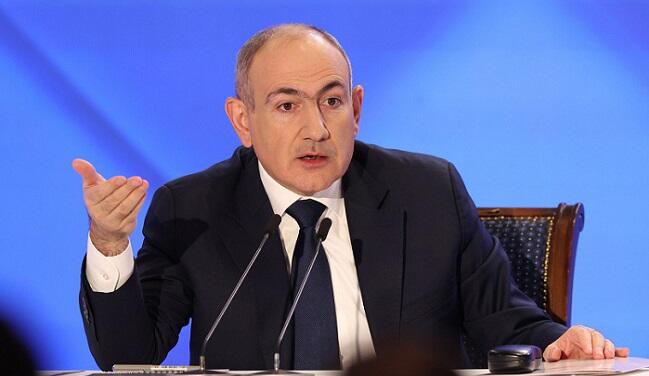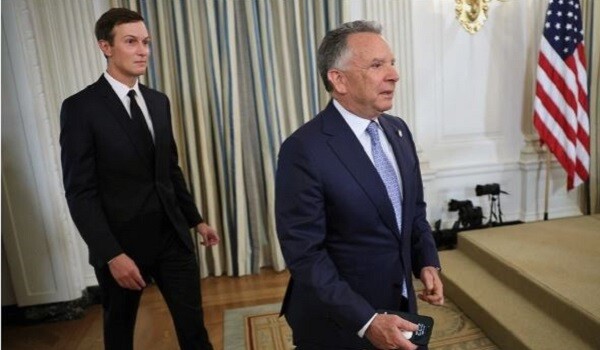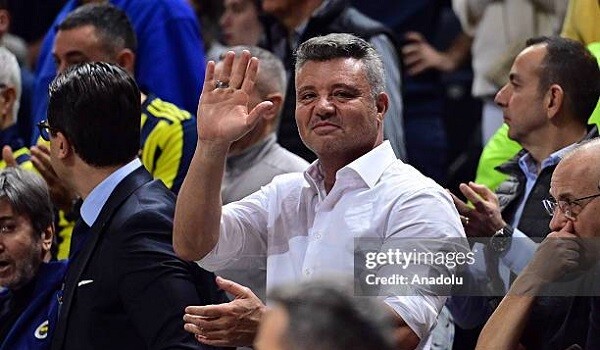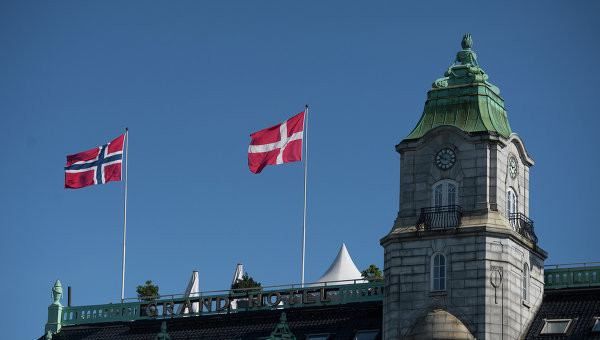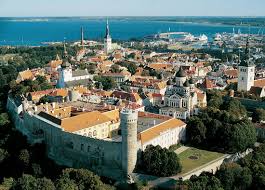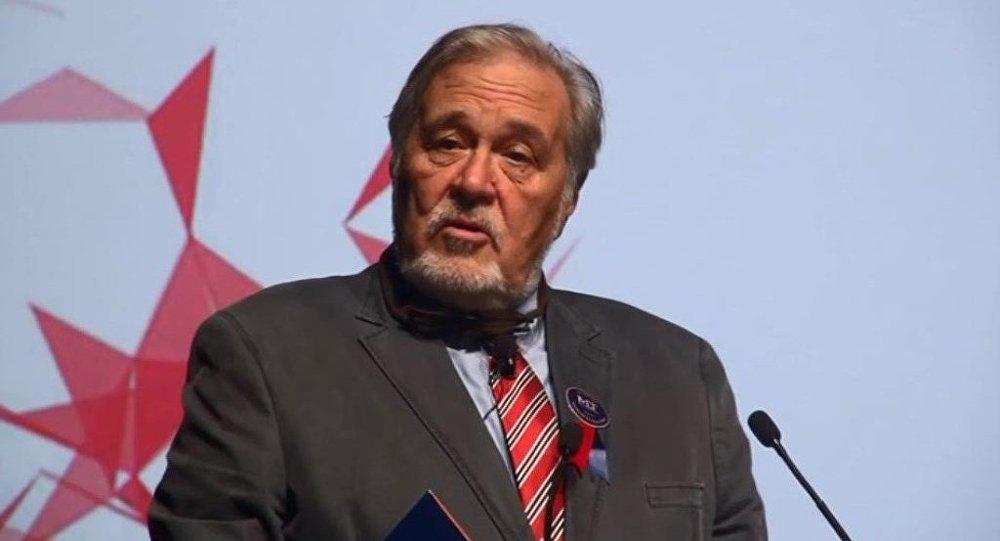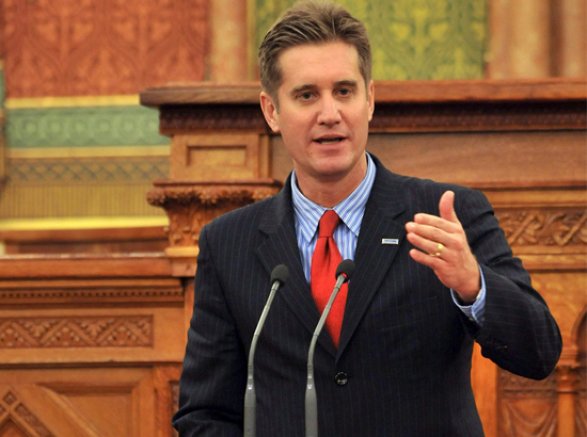Axar.az presents an Interview with the founder of UAFA (United Aid for Azerbaijan), Gwen Burchell:
– Your organization works mainly with children who have disabilities. How do you see the situation for children with disabilities? How do you see the situation for the children with disabilities in Azerbaijan?
– So I start from the beginning – how we started in this field. I came here in November 1997. And established UAFA in February 1998. And spent the first few months just traveling around the country – getting to know the places, what was going on and what the issues were. One day somebody gave me a whole lot of children's clothes as a donation. Local friends send some. We knew there was a children’s institution – Internat near a friend’s summer house so we decided to go there with these clothes and have a look. So we went there – it was in Shuvelan. We went there with all those clothes. It was awful. All these children, some with disabilities, underfed, underclothed, the place was in a bad condition. That was the starting point of our focus on children in care. And the following year I started to visit all the institutions. I wondered what the conditions were like among the rest of them. I developed a research survey and started visiting them all. Visited 44 altogether. There were 2 institutions in which there were children with disabilities. One in Shaghan and one in Saray. Anyway, it was in a horrendous condition, all the children were in bed all day long, or hurting themselves, banging their heads against the wall, injuring themselves. Because of the complete lack of attention and stimulation, so this was their only way. One or two adults were caring for 20-25 children. Essentially, some were dying. And that is not exclusive for Azerbaijan. This was going on all across the Post-Soviet Union and Eastern Europe at that time because this was the attitude to children with disabilities. Don`t just put them in care, leave them. And when the Soviet Union broke up there wasn`t even enough money for food and medicine, etc. They were in a terrible state. That was the real starting point of us think that “we have to start working with children with disabilities”. Because this is not an acceptable way of caring for kids. I started to focus on this. Because children with disabilities are the most vulnerable, they are dependent on adults to take after them. Because if there are not enough adults, a child doesn`t know how to feed himself or herself, go to the toilet themselves, they are really in difficult situations - they don`t get cleaned and changed. And they survive, the strongest survive in these conditions. And the weakest die. So it was a survival decision, we got help for more of these children to survive. That was the situation then. And the situation now has changed significantly. Both in the institution if you go and see, visit them now, they are actively engaged in education and leisure, sport and activities all day long. And these particular ones. Because we have been working there since that point literally every day. And for children in families who their parents have kept them at home being increasingly boarding up the services they need in their community is to help them lead more productive and integrate more lifestyles. The question is how we see the change of the situation from one way the children were completely excluded and left essentially to die to one now. And children with disabilities – they are participating in all activities in their daily life. There are plays on the stage of the “Kukla theatre”. Right now the children we have worked with during 10-15 years now acting on the stage like typical actors. So the situation is really positively improved during these years.

– What is your organization trying to achieve for these children?
– Because of the key goal is inclusion. It doesn`t only meet the children`s needs but also meets the sustainable development goals, international conventions on the right of people with disabilities and the rights of the children. All children are just children, aren`t they? And we make sure they have the same opportunities and life. Whether they have a safe road, whether they are poor, whether they have come from a difficult background, they all deserve the same opportunities to grow and develop. But some need more help than others. So that`s what our job is. It is to help to design the systems and services to give those children who are excluded by poverty, or disability, where they live or where they have come from. To give them more opportunity and access to daily life like any other child, the child who may be in a more privileged or stable family. That`s what we are trying to achieve. When you design a system for children with disabilities that the system works for all children. So if you design an education system around the needs of children with special needs, it works for all children. Because they are all children, they all learn. So we took this approach 20 years ago and what happened now internationally is our approach is increasingly being recognized as the most effective approach. Whereas many other countries started to focus on typical children and designing the system around the needs of typical children, what about disabled children? What do we do with them? We started with disabled children and creating systems for all, now what is happening internationally is that those organisations who are working in the same sector are now looking at our experience here in Azerbaijan. And then they figure out: Oh, you have done it right there. And I have been invited to other countries to consult and support other countries because of what we have achieved in Azerbaijan. So we are not just helping kids here, it`s helping children in other countries too which is quite interesting.
– How would you measure the success of your organization’s work?
– Measuring success can be at the individual level or community levels, family and reform level. So at the individual level, we see the children we have worked with for many years. Because our services have been consistently provided since 2003. We see them now on stage performing, or we see them going off to represent Azerbaijan at Paralympics next year, we see them in university, we see them at work. This is the individual level. They wouldn`t have achieved that if they didn`t have this access to these services from a young age. And to emphasize these services: these are not medical rehabs, they focus on helping the child integrate socially. When you work typically at medical rehab, it`s a kind of working one-to-one with children and try to fix their problem. Ok, but that doesn`t fix the problem in their life. They just solve the hand problem or speaking problem. But actually, all children learn with other kids. Typically children go to school because they learn with other children. So if you are a disabled child, it`s not a problem, you also should be in a social situation learning, developing and participating as any child. So our services have always been based on participation and group work. So we can see the success at that. And how these are now grown up and successful. It’s the kid who comes to our services, who are succeeding in them. So that`s one side. Then about reforms. We have built this partnership over many years with the different ministries and we have done a lot of lobbying and advocacy with parents and so we see a lot of success there in terms of how we have influenced legislation, how we have influenced the spending of Ministries, how ministries develop new programs, so that`s also a success we know that we have achieved. Because of this long time approach that we have taken.

– Traditionally children with disabilities in Azerbaijan are often hidden away. Why do you think this happens? As a society how do we change that?
– This is a legacy from the Soviet Union. If you had a disability you were seen as ‘defective’ and unable to contribute to the Soviet Union machine. The Soviet Responsibility was just to keep you fed and clothed and out of typical mainstream life. That`s why we see that the children here are kept away. Because people yet don`t understand that they have a full role to play in Life and in Society. As well there are some unusual myths and ideas that people have for example, that the child with disabilities may not marry or spoil the chances of a sibling, or finding a good marriage. The perspective, families, or husbands, wives don`t see this disability which is really sad. That`s the story behind why children are hidden away. In other countries, not here, it’s believed that their disabilities are because of their sins from the past or from their families and this type of thing. And nobody is insured from disability. Anyone can have a car accident tomorrow and become disabled as a result. It is just life. So how could we change it? I think one part of this is about public awareness. And people with disabilities themselves and their families leading that awareness action. Disability is not what is wrong with that person. Disability is about the barriers that are placed in society. You can`t get somewhere if you don`t have mobility, it`s not about that. You can`t get somewhere is because there are no ramps, because of the pavements around are uneven, because the doors aren`t wide enough. It`s the society that stops you going somewhere, it`s all the barriers of society in place. Because they haven`t thought about it. It`s not the disability itself that stops people from being a part of society. So it`s awareness as people learn, it`s not an issue that people get scared when they see something when they see a child with a disability it touches your inner fear that you are vulnerable to this as well. You don`t want to feel vulnerable. So you turn away, you don`t want to be reminded that you could be vulnerable like that. So it`s about the deepest fear that people have been vulnerable. And to avoid thinking of this you turn away, ignore it as people with disabilities become more and more vocal, more and more seen, participating in your everyday life. That fear should reduce. And then the society starts to recognize that you have removed all of these barriers. Everybody can play a part. If I ever become disabled, I can have a normal life too.
– I understand you are very enthusiastic about social entrepreneurship. Can you explain more about this concept? How does it work? For example, I have heard about this technology called Braille Tech.
– As a social enterprise, its aim is to lift people out of poverty. Not by giving people charity, not by grants, but by enabling people themselves to participate in the enterprise process. So the social enterprise typically has a social impact, no shareholders, if anybody is investing in the social enterprise you would repay that investment by 0 percent interest rate. It`s not about making a profit, it`s about helping people out of poverty. In typical commercial business, a lot of costs involved which is the barrier in front of the poorest people preventing them from participating in “Enterprise Development”. So, that`s a part of it. Other types of social enterprise may be working with vulnerable groups – it could be women, single mothers from low-income communities or disabled people. And enabling them to establish a business that supports them to be more economically independent. The approach we take is to establish a range of different types of enterprises. For example, we have this “Enjoy chocolate” brand, we sell this chocolate to generate income for work. So our business is donating directly to our work. Then we are also working with women in villages. And training them up to run inclusive pre-schools as small businesses. So they generally provide a service to the community of all children. So getting children with disabilities and typical children in school together starting from two years old. So providing a service and they are also generating income for themselves and running this business. Giving other moms, parents free time to be able to start looking at their own economic development opportunity, their own potential enterprise or jobs. Social entrepreneurship is about helping people to rise out of poverty through business development, that`s not commercial. So Braille Teach is another of these businesses that we try to get and run properly, the product itself is aimed at children who are blind. So they can learn the braille alphabet. And once they learn the braille alphabet then they have full access to braille books, braille materials. And it`s an interactive way of learning the braille alphabet and its fun for a child who learns. And this product can be programmed in many, many languages. So it can be sold internationally. The idea is having a double impact. One is helping more blind children to become literate. And number two is that the income that we generate from sales of the product will support UAFA`s services with children with disabilities. Right now we are strongly looking for investment for this product. It`s still a concept, rather than an actual enterprise, but hopefully, we`ll get that.

– I also know that you have pioneered a training course for childcare workers from George Town University. Do you think we need to invest more in this type of profession?
– Definitely. All the professions - they need to be updated and modernized. Bring them in line with international researches, best practices and so on. That`s why we decided to set up this course to give to people who work with children with disabilities and typical children as well. Yes, it's from 0 to 7. To give an opportunity to have some international level of course in Azerbaijani language, in Azerbaijan. Because up to now if anybody wants to attend this type, of course, they would have to have English, they would have to go abroad. That was the aim of this course. And we fully hope that it will become part of probably Baku State University`s program over time. In all areas working with children in health, in education and social welfare more professional courses need to be introduced to meet international guidelines, standards, best practices and so on. Because researches continue and with research, we learn more about these differences. “How they learn”, “what is autism”, “what are the best ways to treat with autism”. All of these concepts need continuous research. To be able to meet the needs of autistic children, for example, we need to continuously update training programs which is a vital part of professional development.
– It is not a secret you were awarded one of the highest honours by the British Queen. That must be a very special moment for you…
– Yes, we have started 15 years ago. And it was quite a surprise. I think it was a good recognition of our approach, our team, what we are doing here and keep moving forward.




